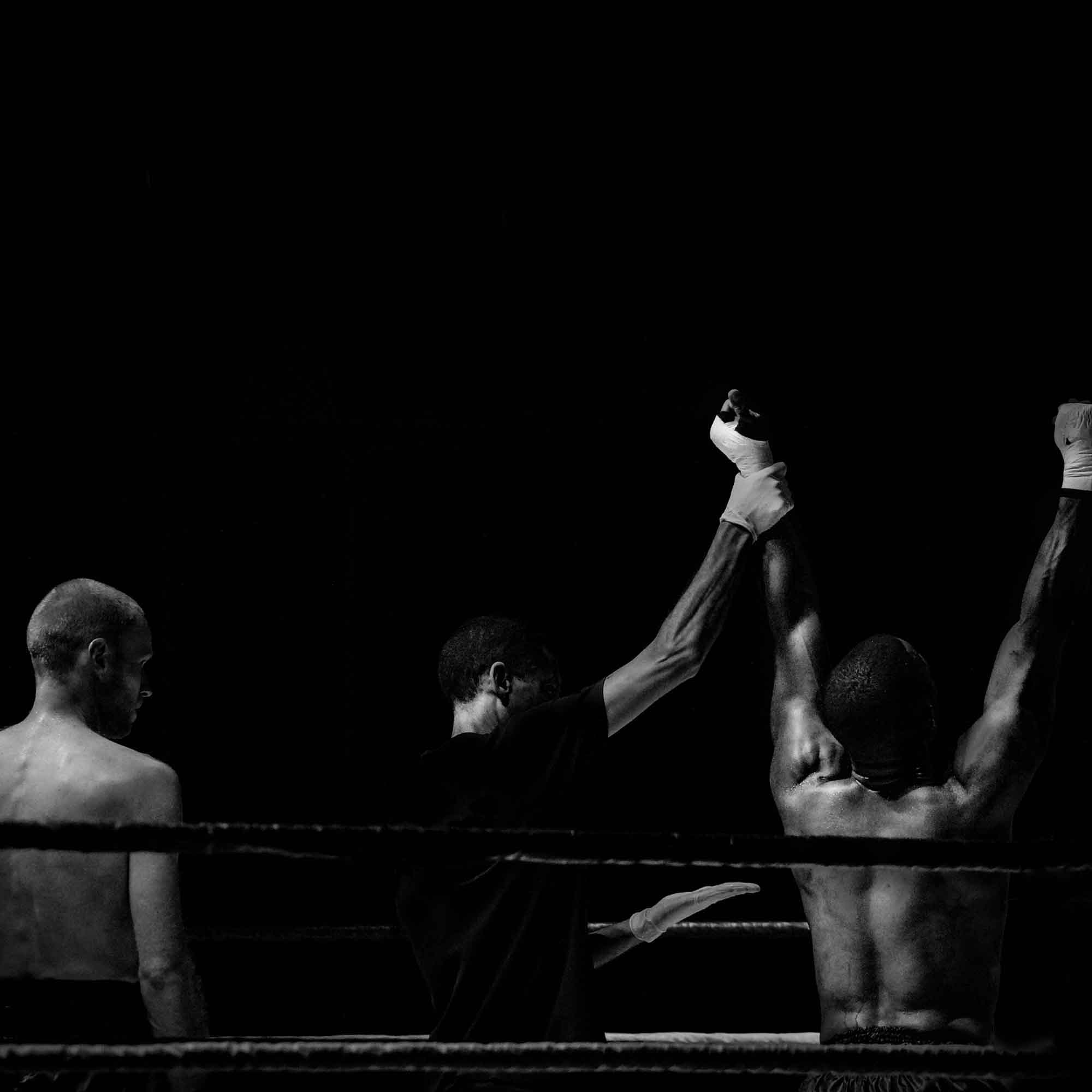Evolution – the change in the characteristics of species over successive generations – has ensured that only the strongest and the smartest survive. In fact, humans’ ability to adapt and even flourish in a variety of environments is one of the hallmarks of our species. But it’s not just us that have needed to change – businesses have too.
The world is ever-evolving, and corporations have to keep up. Twenty or thirty years ago, this wasn’t such a challenge for manufacturers – change was slow, and it would take a long time for change to spread across global markets. Nowadays however, we are living in a world that is in a constant state of change. Communication is instant. The economy is fast and energetic. Companies have to adapt and innovate very quickly, or face the consequences of falling behind.
A big part of success is understanding your customers and their needs and wants. Another key factor is identifying key trends in the market and accurately forecasting what the newest trend will be. Then comes the design and development of new technologies to cater to these. One of the biggest recent changes I’ve seen in the cleaning market, and more specifically the aircare sector, is the evolution of fragrance from the inside to the outside of the washroom. These days, fragrance is everywhere, in soaps, shampoos, deodorant, washing liquid, etc. Small, independent fragrance producers has given way to groups of chemists, specialist marketing teams and highly trained ‘noses’ that can build absolutely any fragrance that an individual desires.
A shift from tradition
For the cleaning sector, this has meant a shift from traditional practices. Historically, organisations would choose to fragrance their washrooms as a solution to mask unpleasant smells. The smell of drainage would be covered up by a sweet smelling citrus scent! The choice of scent wasn’t so much driven by what was most pleasant, but instead much more about which fragrance was the strongest to mask the most pungent odours.
Now, however, it is common to see a whole network of decision makers wanting to fragrance areas both inside and outside of the washroom, and for different reasons. For, it is no longer just about the perception of a clean and fresh washroom, but instead, the whole user ‘experience’. Organisations are realising the powerful ability of scent to deeply connect with our emotions. According to branding expert Lindstrom, “Seventy-five percent of the emotions we generate on a daily basis are affected by smell.”
Adapt
As an industry, this means we are now looking at new types of decision makers, new and more considered ‘non-washroom’ fragrances, and new technology to cater for these changing environments. New and improved channels of communication mean that we can do business with more countries than ever before, which is a huge positive – however, this does pose a few challenges in the sense that we now need to tailor products for different audiences and ensure that they work in different climates.
As manufacturers and service providers, we have to think not only about the fragrance experience (for example, utilising multi-phasing technologies which release different fragrances over time) but also about consistency and the fact that people will be much more exposed to fragrance over longer periods of time. There has long been a race to find ways to make fragrance particles smaller, whilst maintaining effectiveness and reliability. The environment comes into play here, too, with businesses becoming much more environmentally aware.
Fragrance preferences constantly changing
Fragrance preferences are constantly changing too, and more and more links are being made between scents and memories, travel and experiences. The UK Telegraph recently asked its readers ‘what is your smell bucket list?’ and suggested the ’21 smells before you die’, which included roses in Morocco, lavender fields in Provence, cinnamon in Mumbai, pine trees in the Alps, and maple syrup in New York. Each smell was connected to a place, evoking memories and positive connections.
Recently I also read about the grand opening of ‘Le Grand Musée du Parfum’ in Paris – the world’s first perfume museum. Set inside a 19th-century mansion, the museum provides a multi-sensory journey through the history and science of scent and perfume-making. Scent has become not just a science, but a culture – and a culture that we need to immerse ourselves in to stay ahead of the times.
‘Adapt or fall behind’ was written as a Blog for Clean Middle East by Paul Wonnacott, President, Vectair Systems.




